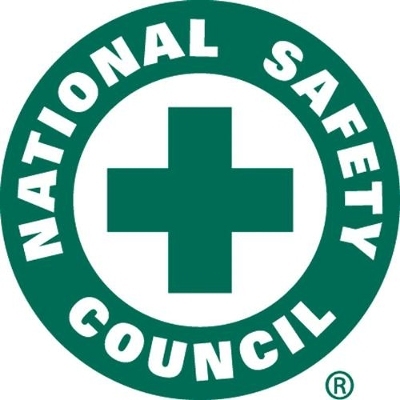New Public Education Campaign on Vehicle Safety Technologies
 |
WASHINGTON -- Oct. 7, 2015: A new safety campaign to help drivers navigate new, lifesaving technologies was unveiled today by the nation's leading transportation authorities amid concerns that Americans are uncertain about how important vehicle safety features work - even those that have been standard for years.
U.S. Secretary of Transportation Anthony Foxx and National Highway Transportation Safety Administration (NHTSA) Administrator Mark Rosekind joined creators of the MyCarDoesWhat campaign, Deborah A.P. Hersman, president and CEO of the National Safety Council (NSC) and Daniel McGehee, director of the Transportation and Vehicle Safety Program at the University of Iowa, to highlight the effort.
"As we advance future technologies that could change the game for safety, we also need to make sure drivers know how to use safety features that are already available," said Foxx. "Current safety features cannot save lives unless drivers use them, which is why MyCarDoesWhat promises to both educate drivers and save thousands of lives every year."
The U.S. is on pace for the deadliest driving year since 2007, according to NSC estimates. Experts have said that the increase is likely the result of an improving economy and low gas prices, which have Americans driving more.
New crash avoidance technologies can help, but a recent study by the University of Iowa found most drivers are uncertain about the technologies and how they work. Forty percent of drivers reported their cars had acted in ways that startled or surprised them.
"Because vehicle technology can be a game changer, we've created MyCarDoesWhat to keep you safer in the driver's seat," Hersman said. "Knowledge enables you to be your car's best safety feature."
"Technology has forever changed the way we drive and this is just the beginning," Rosekind said. "We know these technologies can save lives, but if drivers don't understand them, they will not meet their life-saving potential."
"We are entering a new era in vehicle safety, an era where we are no longer using technology just to protect occupants in a crash, but an era where we are using technology to prevent the crash altogether," said National Transportation Safety Board Vice Chairman T. Bella Dinh-Zarr. "But to realize this life-saving potential, consumers must understand the technology and its benefits."
New public service announcements designed to raise awareness of the technologies launched today online, at gas pumps around the country, in print and television.
"You may not realize your car has some of these technologies," said McGehee, a leading human factors researcher. "But it's important to know what they are, what they do and how to use them before you need them."
Some of the safety technologies featured on MyCarDoesWhat.org include:
Back-up Camera: provides a view of the blind zone directly behind the car when the vehicle is in reverse and may provide a predicted backing path.
Blind Spot Monitor: alerts drivers when there may be something located in their blind spot.
Forward Collision Warning: warns drivers when they are closing in on the vehicle ahead too quickly.
Anti-lock Braking Systems: prevents wheels from locking up, helps avoid uncontrolled skidding and provides some steering control in slippery conditions like snow.
Rear Cross Traffic Alert: provides an alert to the driver that traffic is approaching from the left or right when the vehicle is in reverse.
Adaptive Cruise Control: maintains the speed set by the driver and a pre-set following distance.
Automatic Emergency Braking Systems: automatically applies braking when the system detects that a collision is imminent.
Lane Departure Warning: alerts drivers when they drift into another lane when the turn signal is not activated.
For more information visit MyCarDoesWhat.org and follow MyCarDoesWhat on Twitter and Facebook.


